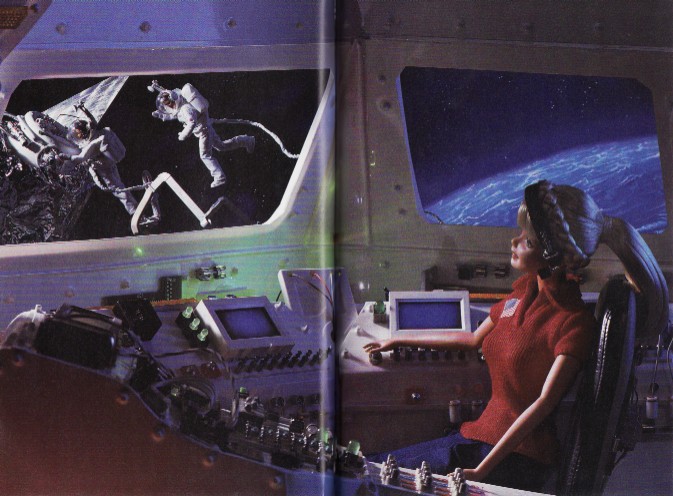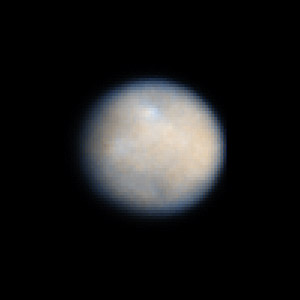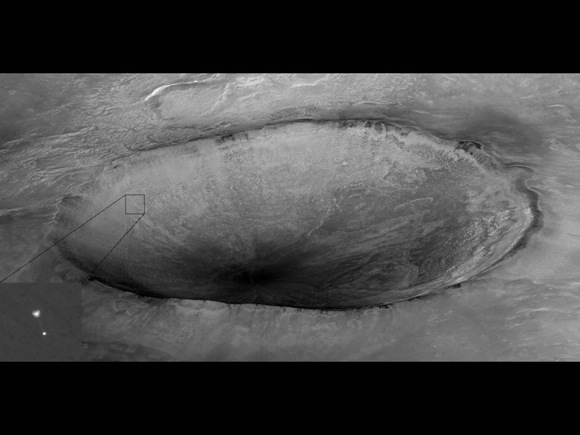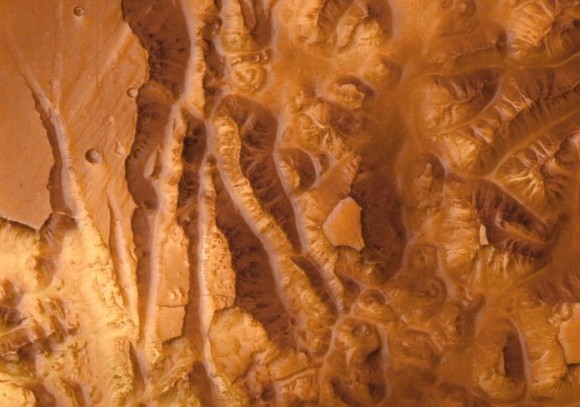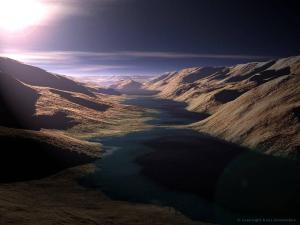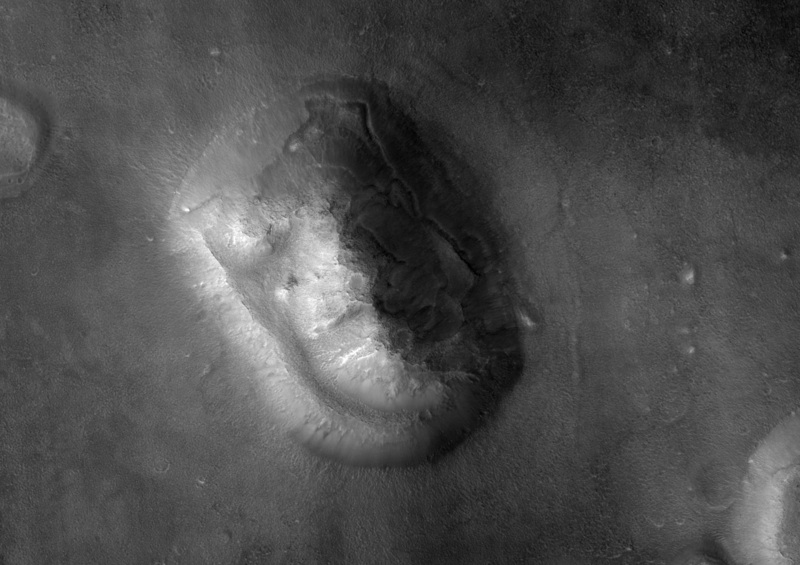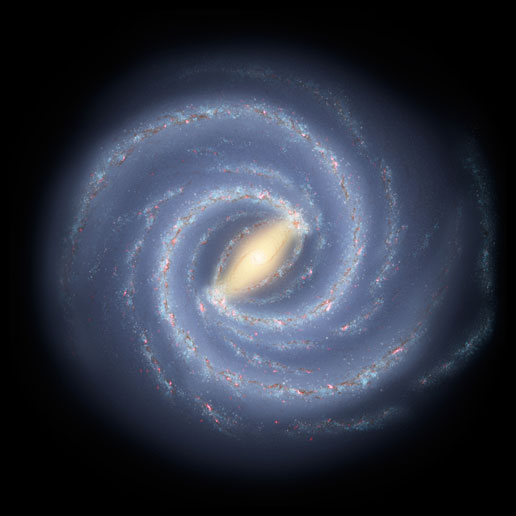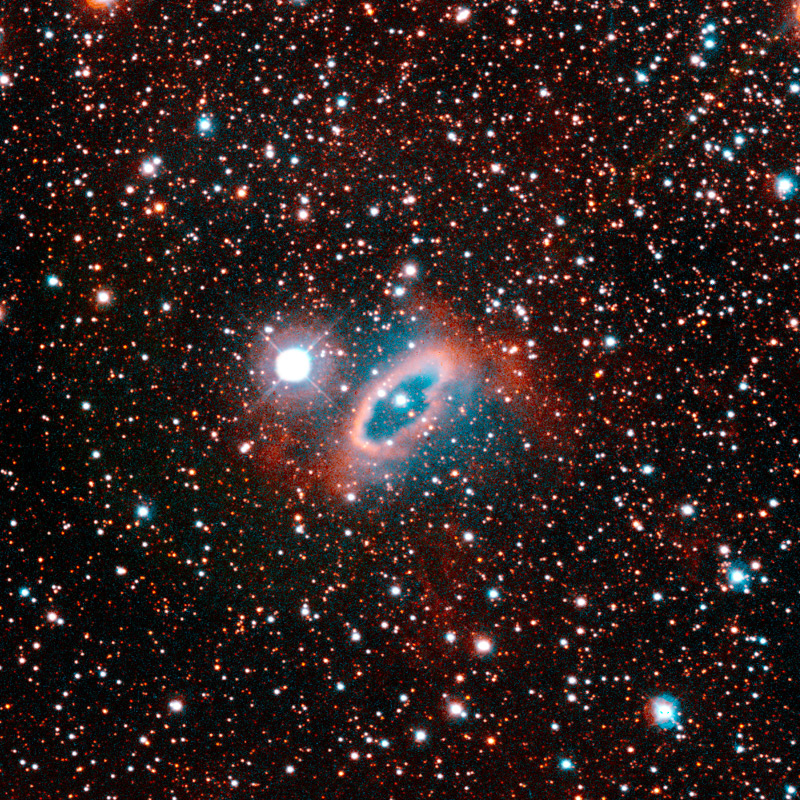In June of 1976, NASA’s Viking 1 mission began sending back images from the Martian surface. A few of those images contained what is now known as ”the face on Mars”. These images are from an area known as the Cydonia Mensae. The original images were dismissed, but were reconsidered when a second set of images from a different angle showed the same face.
The Cydonia area of the northern hemisphere of Mars includes: Cydonia Mensae, which is an area of flat-topped mesa-like features, Cydonia Colles, which is an area of hills, and Cydonia Labyrinthus, a group of intersecting valleys. The face is located among a few craters in the area, specifically about half-way between Arandus Crater and Bamberg Crater. This is an area where the heavily bombarded southern hemisphere begins to transition into the smooth, relatively uncratered north.
The meas seems appears to be a face because of an optical illusion called pareidolia. Pareidolia is a psychological phenomenon where a vague and random image is perceived as significant. Common examples include seeing animals or faces in clouds or the Virgin Mary in a pancake. The mesa has a few higher areas where you would expect to see human features and the mind fills in the blanks.
Of course, UFO buffs(read fools here, please) jumped on the images as evidence that there was a past culture on the planet. Some even went so far as to believe that the Martians formed the face to communicate with a less developed human race. Unfortunately, it took many years to develop the technology to image the mesa more clearly, so these crackpots had plenty of time to spread their poisoned opinions.
More recent images from the Mars Global Surveyor and other spacecraft have shown that the face on Mars is nothing other than a hill. The shadows that seem to be the facial features nearly disappear in high resolution imagery. Click here for comparison photos.
All conspiracy theories aside, the face on Mars had many scientists intrigued for a while, trying to determine what had created the illusion. Thankfully, new technology has nearly eradicated the diseased thinking spread by UFO junkies.
Here’s an article about a recent image of the face on Mars.
Enjoy a NASA article about the face on Mars, and information on the Mars face from the MSSS team.
Finally, if you’d like to learn more about Mars in general, we have done several podcast episodes about the Red Planet at Astronomy Cast. Episode 52: Mars, and Episode 91: The Search for Water on Mars.
Sources:
NASA Image Gallery
NASA Science

